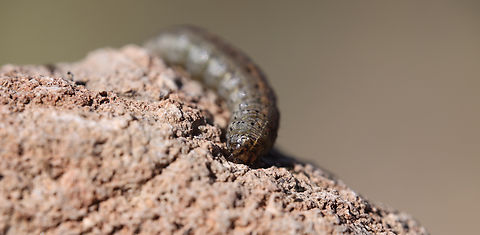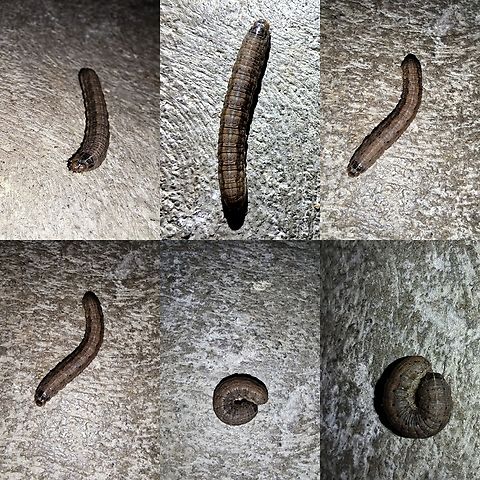
Distribution
The miller moth is a seasonal nuisance in the spring in states including Colorado, Wyoming, New Mexico and Kansas, as they hatch in the low-lying farmlands, then migrate to higher elevations for the summer. They return as the weather cools but in smaller numbers. They are considered nearly impossible to control through normal pest extermination techniques because a new batch shows up every day as they migrate. With their very small bodies, they enter homes in the evening through any available crack or crevice and residents in migration paths report dozens of moths per day entering their homes and garages. However, other than being a nuisance, they are not considered harmful.
Food
These native North American larvae consume emerging small grains, alfalfa, and canola in the southern Great Plains and southern Canada. Larvae feed above ground at night and usually hide in soil during daylight, but will also feed on cloudy days.On dry, low elevation rangelands of the U.S. Intermountain West, army cutworms consume exotic cheatgrass and mustards to produce cheatgrass "die-offs." Within these bare areas, the larvae also defoliate native shrubs including four-wing saltbush and sagebrush.
References:
Some text fragments are auto parsed from Wikipedia.